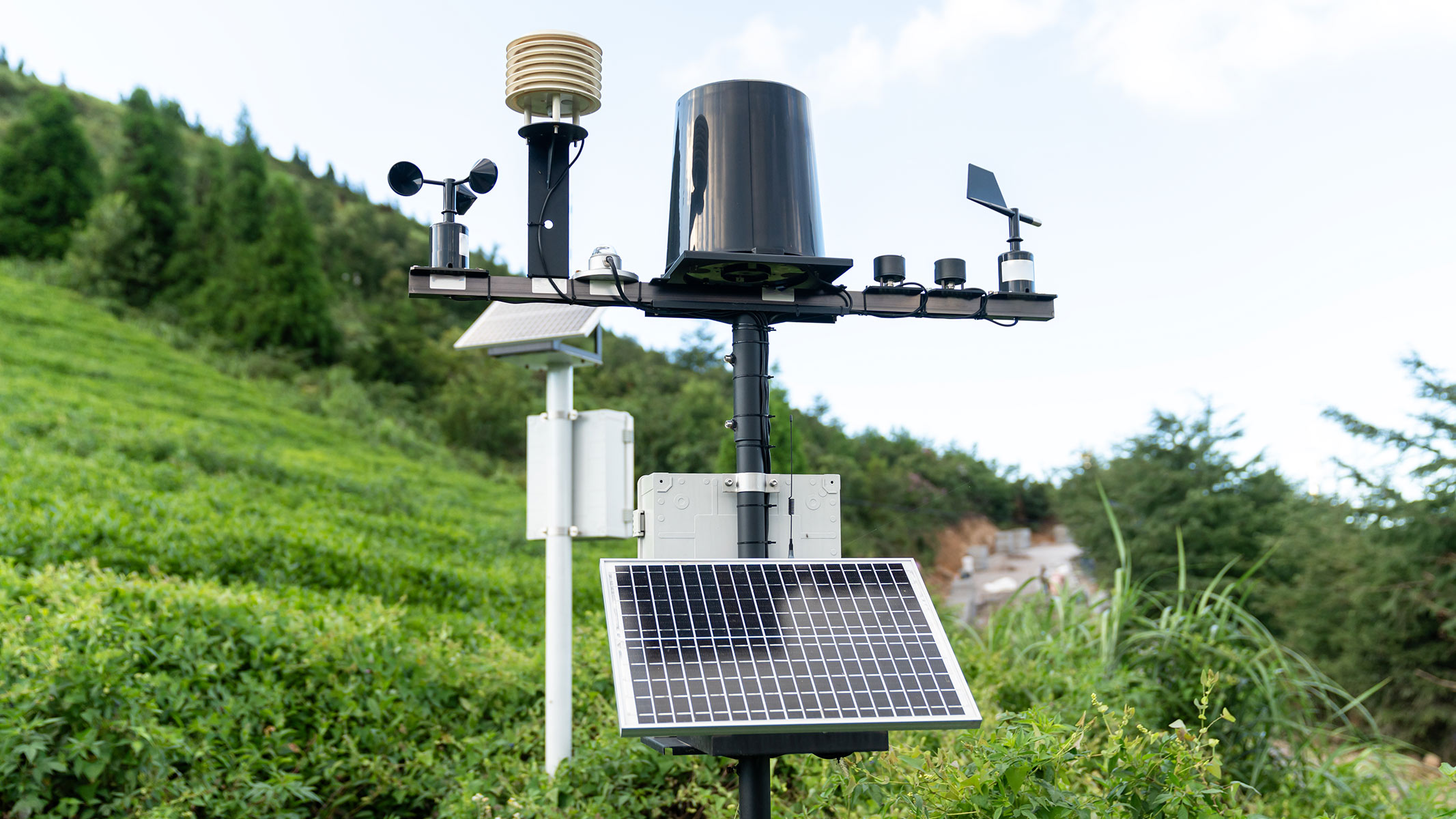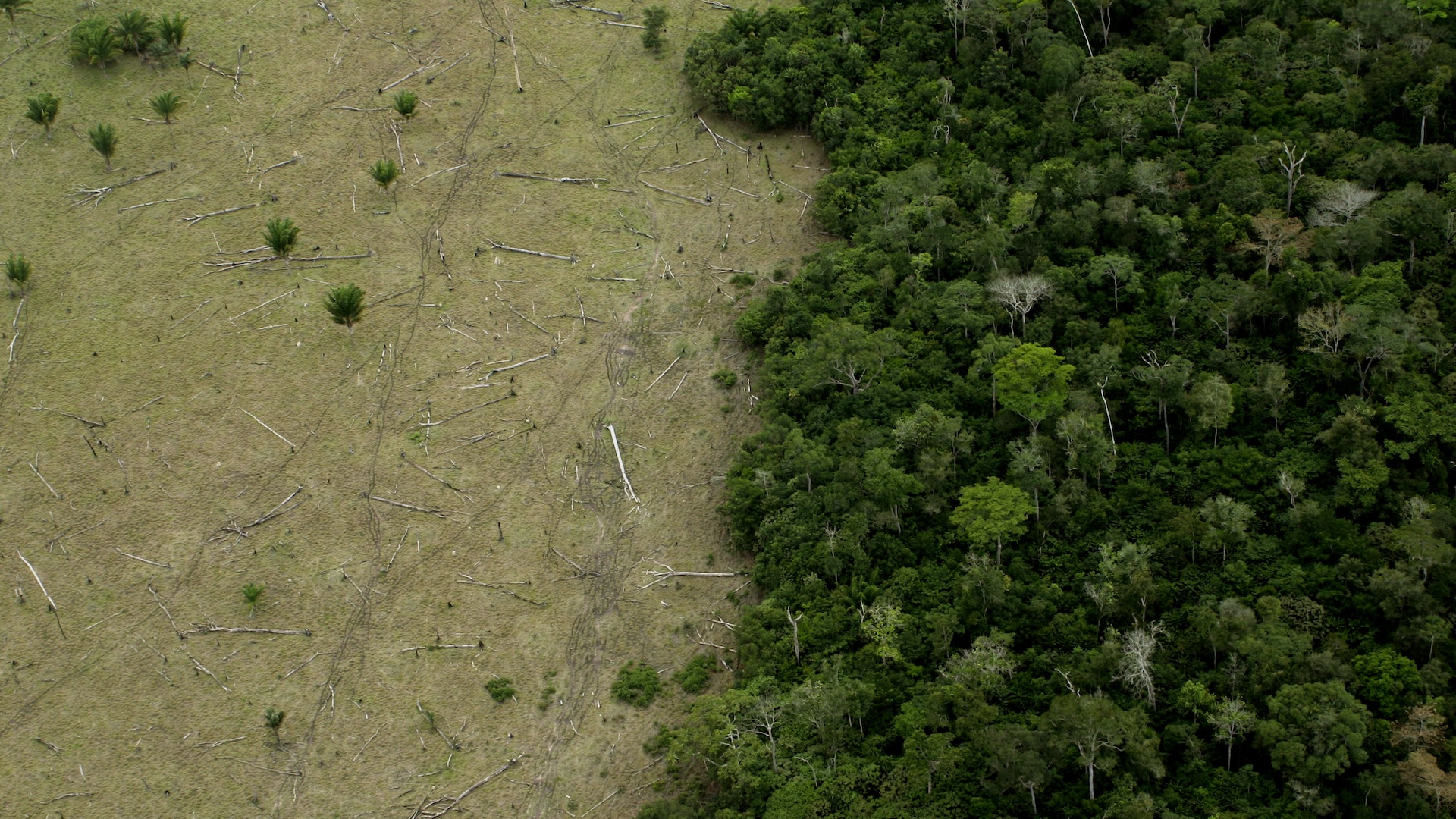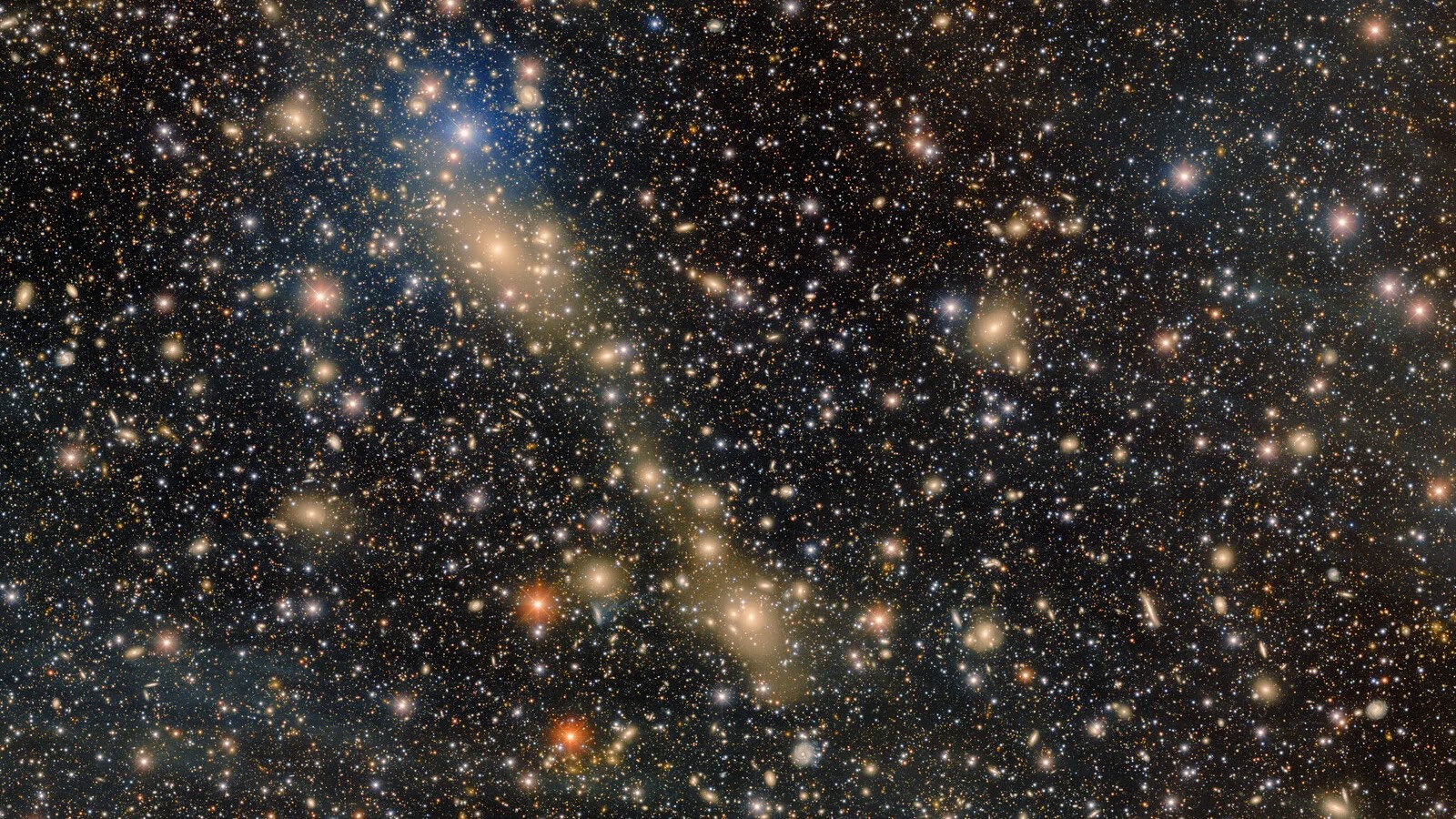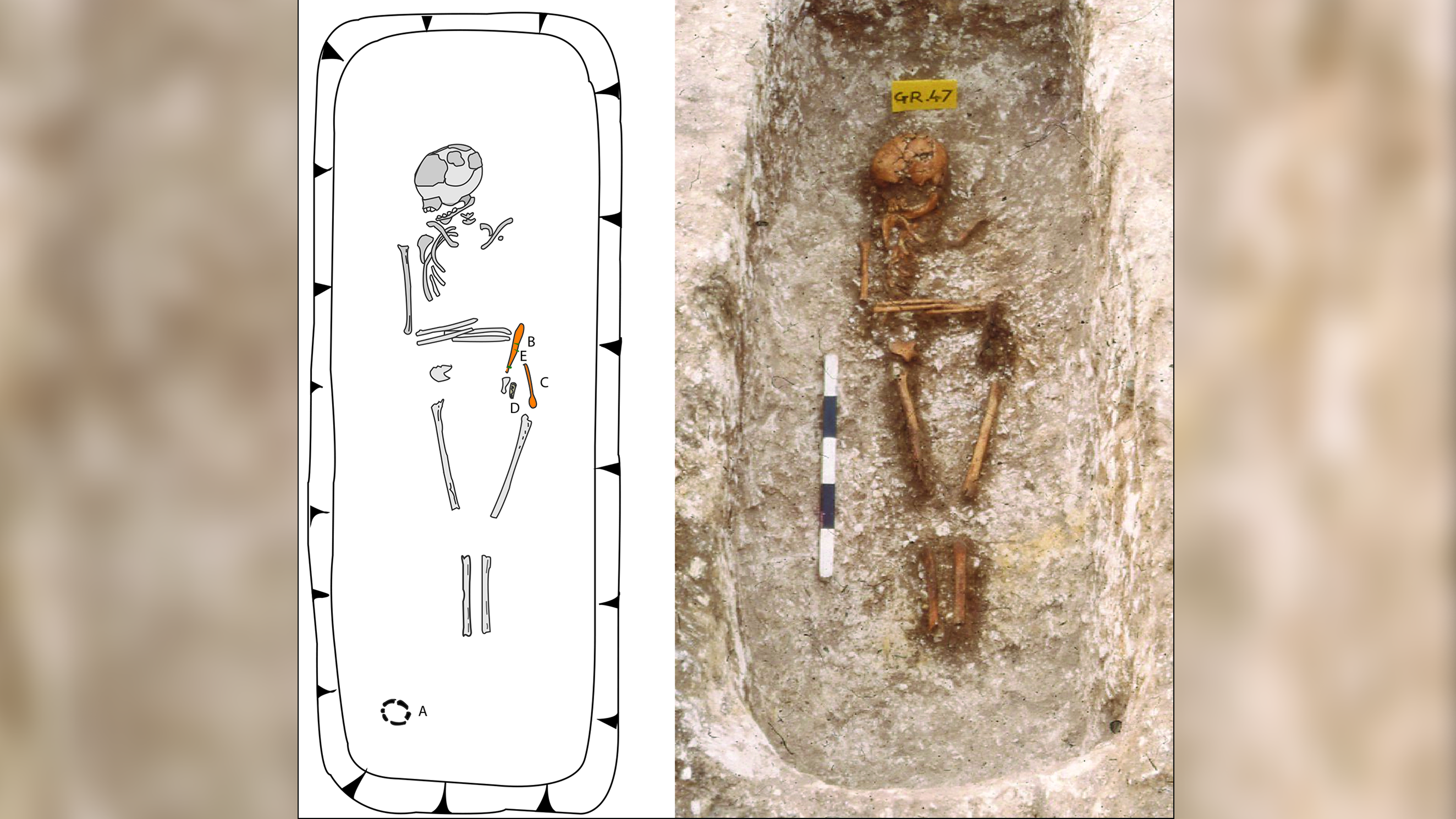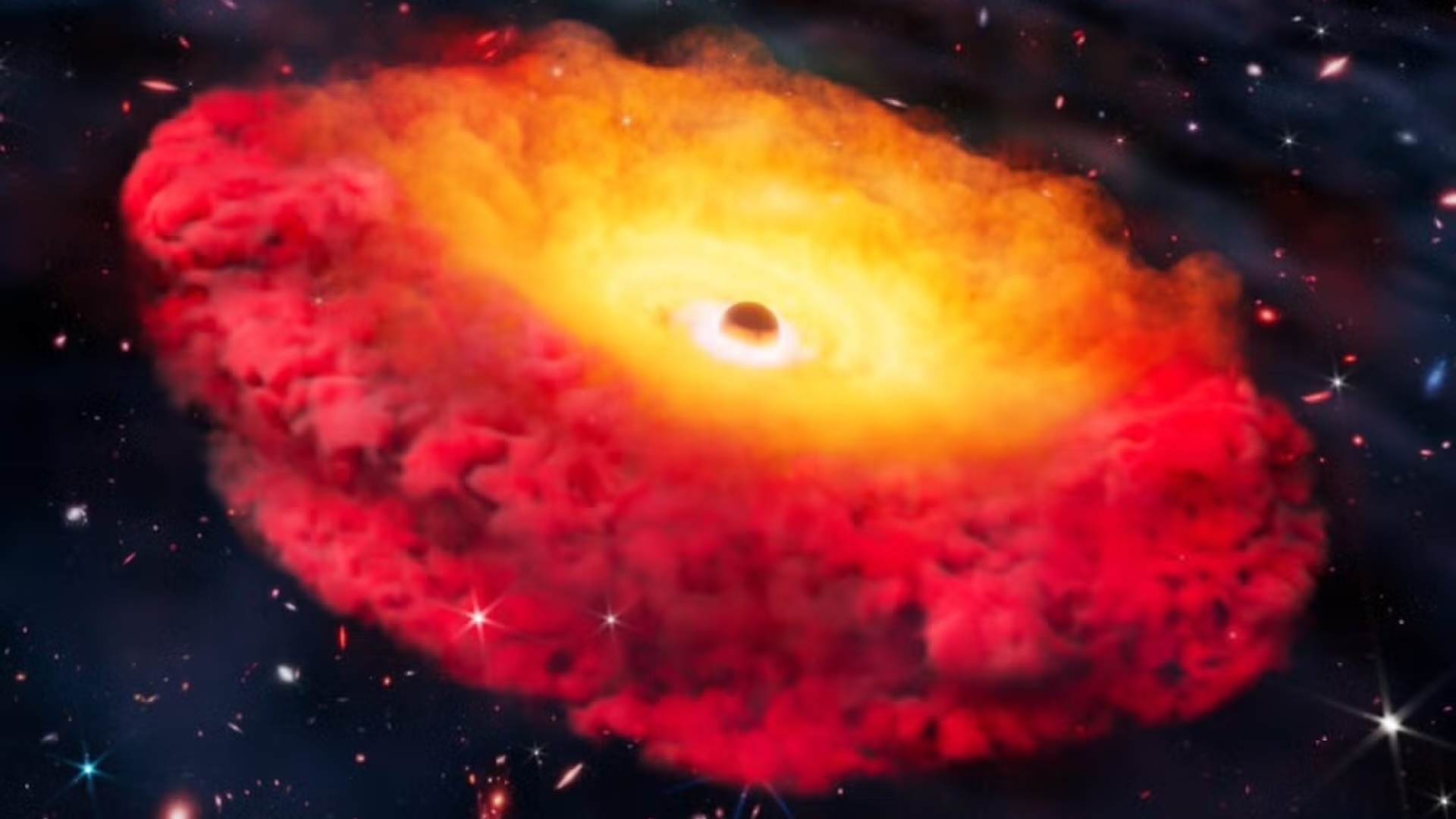The Amazon could be racing closer to a calamitous tipping point that would transform the lush rainforest into a drier savanna within a century, researchers warn.
This massive shift could be triggered by a combination of climate change and deforestation.
The Amazon rainforest is the largest tropical rainforest in the world, covering more than 2.3 million square miles (6 million square kilometers) and harboring 10% of the world’s plant and animal species. The World Wide Fund estimates that the Amazon contains 99 billion to 154 billion tons (90 billion to 140 billion metric tons) of carbon and receives more than 70 inches (180 centimeters) of rain each year, on average. As such, it forms a key component of the global water and carbon cycles, which regulate the climate.
In the past century, rainforests like the Amazon have become increasingly vulnerable to stressors such as droughts and wildfires, driven by recent climate change and widespread deforestation. The World Resources Institute’s Global Forest Review estimates that the Brazilian Amazon lost 11,000 square miles (28,000 square km) of forest — an area roughly the size of Massachusetts — in 2024 alone.
Some scientists think these changes are pushing the Amazon toward a “tipping point” where the lush rainforest could transform into drier grassland. But other researchers disagree.
In a new study published Aug. 1 in the journal Geophysical Research Letters, scientists revisited the Amazon’s uncertain future. “We are reasonably confident that such a shift is possible,” said study co-author Andrew Friend, a professor of Earth systems science at the University of Cambridge. “The question is what degree of climate change and/or deforestation will cause the system to change,” Friend told Live Science in an email.
Related: What are the largest rainforests in the world?
Using a computer model, the team tested how the Amazon rainforest would respond to the combined effects of climate change and deforestation. They used what’s known as a “single-column model,” which in this case only simulated one average location within the Amazon basin to represent the entire area into which the Amazon River and its tributaries drain.
This type of model captures some of the complexities of a 3D global climate model, but it doesn’t take into account how moisture and rainfall might change across different regions of the basin.
Based on the model’s results, the researchers identified three tipping points in the Amazon system: a 65% decrease in forest cover, a 10% decrease in moisture coming from the Atlantic Ocean, or a 6% decrease in rainfall. Beyond these thresholds, small changes in either the region’s climate or forest cover could push the forest over the edge, transforming the ecosystem into a grassland.
The crux of this shift is a feedback loop between the land, vegetation and moisture in the atmosphere. Trees take up water from the soil through their roots and release water vapor into the atmosphere through their leaves, via evaporation and transpiration. That water vapor condenses in the atmosphere to form rain. Rainwater infiltrates the soil, where trees can access it. And so the cycle continues.
Friend explained that with fewer trees, there’s less evapotranspiration and rainfall, which dries out the forest and eventually turns it into a savanna. “This change can be caused by deforestation, but climate change can also cause it, which changes the total amount of water entering the basin from the Atlantic Ocean,” he said.
The team acknowledged that one limitation of their model was its inability to resolve spatial differences across the basin because it focused on only one spot.
Chris Boulton, a climate scientist at the University of Exeter who led a previous tipping point study, agreed. Boulton told Live Science in an email that it’s extremely important to factor in where deforestation occurs. “Deforesting areas close to the Atlantic can prevent evapotranspiration near the edge of the forest, and less water finds its way into the deeper parts,” he said.
So, what can be done about it? The authors said that urgent action is needed. They indicated that even at the lower end of predicted climate-change scenarios, continued deforestation could decimate the Amazon rainforest within the next 100 years.
“Both climate change and deforestation have to be reduced over the next 10-20 years if we want to be confident that the system will remain intact,” Friend said. “Our understanding is far from complete, and we may be wrong about how the system will respond to these threats, but it would be unwise to rely on this possibility.”


